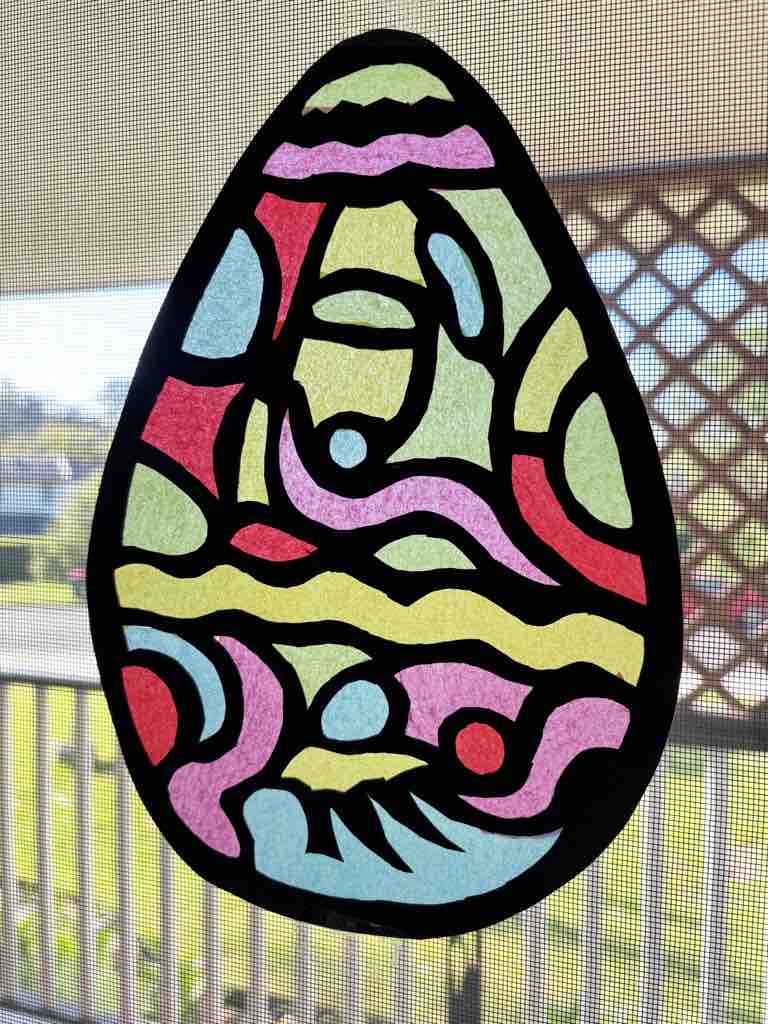How to Clean Ceiling Fans with Vinegar (No More Dust)
Ceiling fans are lifesavers during hot summers and cozy companions in winter, circulating warmth around your home. But let’s be honest: they’re also magnets for grease, grime, and a thick layer of dust. As busy mums juggling everything from school drop-offs to dinner prep, the last thing we want is this kind of sticky buildup lurking above us. But what if I told you that cleaning your ceiling fans can be simple, effective, and chemical-free? That’s right – no need for harsh sprays or expensive cleaning gadgets. Today, we’ll be looking at how to clean ceiling fans with vinegar.

Why vinegar? It’s natural, affordable, and readily available in most households. This pantry staple is one of the to tackle stubborn stains, cutting through grease and grime, eliminating odors, tackling mould infestations, and leaving your surfaces gleaming – all without toxic fumes. As someone who’s always looking for wholesome, kid-friendly solutions, vinegar has become my go-to for everyday cleaning. And if you can get the kids involved in cleaning on a regular basis, even better!
If you’ve been avoiding your ceiling fans because the idea of cleaning them feels daunting, you’re not alone. It’s easy to overlook those blades quietly collecting layers of dust. But once your dirty fan blades start spreading it across your room with every spin you know it’s time for action! This guide will walk you through a few foolproof methods that don’t involve climbing precariously on chairs or creating a dust storm.
How to clean ceiling fans with vinegar doesn’t have to be a chore. With these vinegar-based techniques, you can tackle the job in a safe, simple way that fits seamlessly into your routine. Whether you’re dealing with mild dust or sticky, greasy buildup in your kitchen, there’s a method here that will work for you. Let’s dive into the options!

Method 1: The Pillowcase Trick with Vinegar Cleaning Solution
Why You’ll Love This Method
This method is a game changer for keeping the mess contained. Instead of dust flying everywhere and settling on your furniture, a clean pillowcase captures it all. Add vinegar spray into the mix, and you’re tackling grease and grime while trapping dust. Perfect for those of us who like cleaning shortcuts without sacrificing results.
How to Approach It
Prepare Your Supplies:
- A clean, old pillowcase (one you don’t mind turning into a cleaning tool).
- Mixture of vinegar (white) and water in a spray bottle (1:1 ratio).
Set Up Your Workspace:
- Lay a drop cloth or old sheet on the floor under the fan to catch any stray dust particles.
Spray and Wipe:
- Lightly spritz the inside of the pillowcase with your vinegar spray.
- Slide the pillow case over a fan blade, holding the open end firmly.
- Pull it back slowly, applying gentle pressure to wipe the blade clean.
Rinse and Repeat:
- Turn the pillowcase to a clean section for each of the blades of the fans.
- Shake out dust outdoors before tossing it in the wash.
Tips and Tricks
- Use microfiber pillowcases for even better loose dust pickup.
- For stubborn dirt, spray the blades and let the vinegar spray sit on them for 1–2 minutes before wiping.
- Always work with the fan switched off and blades stationary.

Method 2: Soak and Wipe with a Vinegar Solution
Why You’ll Love This Method
This method is perfect for fans in kitchens or dining areas where cooking grease buildup is a problem. Soaking a cleaning cloth in a vinegar solution provides deeper cleaning power, especially for stuck-on grime.
How to Approach It
Prepare Your Solution:
- Mix 2 cups of warm water, 1 cup of white vinegar, and a tablespoon of baking soda in a bucket or bowl.

Dip and Wring:
- Soak a dry microfiber cloth in the solution and wring it out so it’s damp, not dripping.
Wipe the Blades:
- Gently wipe each blade with the damp cloth, starting from the base of the fan and working outward.
- Re-dip the cloth and refresh the solution as needed.
Finish with a Dry Cloth:
- Wipe the clean fans dry with a clean cloth to prevent watermarks.
Tips and Tricks
- For extra shine, follow up with a cloth dampened in a 50/50 mixture of water and vinegar.
- If the fan motor housing is exposed, take extra care to avoid dripping water near electrical parts.

Method 3: Vinegar Dampened Duster for Quick Maintenance
Why You’ll Love This Method
If you’re short on time or prefer a low-effort solution, this one’s for you. A vinegar-dampened duster lets you clean your fan blades quickly and easily without removing the dust entirely from its surface.
How to Approach It
Prepare Your Duster:
- Dampen a long-handled duster in a vinegar-water solution (1:1 ratio).
- Squeeze out any excess liquid to avoid drips.

Dust and Wipe:
- Gently swipe each blade, letting the duster do the heavy lifting.
- Work methodically from one end of the blade to the other and remember to clean the sides of the fan blades also.
Refresh the Duster:
- Rinse the duster as needed to keep it effective.
Tips and Tricks
- Use an extendable duster for hard-to-reach fans.
- Make this part of your monthly cleaning routine to prevent heavy dust buildup.
Frequently Asked Questions
Is vinegar safe for all ceiling fan finishes?
Yes, vinegar is safe for most types of fans, including metal, wood, and plastic. However, always test a small, inconspicuous area first if you’re concerned about finishes.

Can I use apple cider vinegar instead of white vinegar?
White vinegar is preferred because it’s clear and doesn’t leave any residue. Apple cider vinegar might work but could leave a slight color or smell.
How often should I clean my ceiling fans?
Excellent question! Now that how to clean your ceiling fans with vinegar has been covered, let’s discuss frequency.
For most rooms, clean your fans every 1–2 months. In kitchens, where grease accumulates, aim to add them to your regular monthly cleaning schedule. It will likely also depend on how dusty your home becomes. We live in a very windy area where dust travels constantly. This is why my fans need to be cleaned at least once a month.
What if I don’t have a pillowcase?
If your pillowcases are all reserved for sleeping, you can use microfiber towels, old t-shirts or even paper towels instead. Just try and use something that’s large enough to wrap around the ceiling fan blades for effective cleaning.
Can vinegar eliminate odors on the fan blades?
Absolutely! Similar to other cleaning products, vinegar neutralizes odors, leaving your fan blades fresh and clean.
Cleaning ceiling fans might not be the most glamorous task, but it doesn’t have to be a headache either. With a little regular cleaning and following these vinegar-based methods, you’ll have sparkling blades in no time. This is why my how to clean ceiling fans with vinegar post was such an essential one for me to write.
The best part is that these all purpose cleaner methods are toxin free and safe to use around kids and pets. Whether you’re tackling greasy kitchen fans or dusty living room blades, vinegar is a natural cleaner that keeps your home sparking the right way. Let me know how it works for you!




